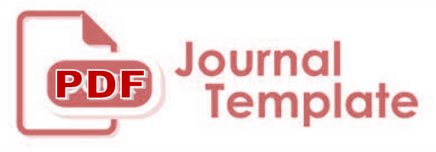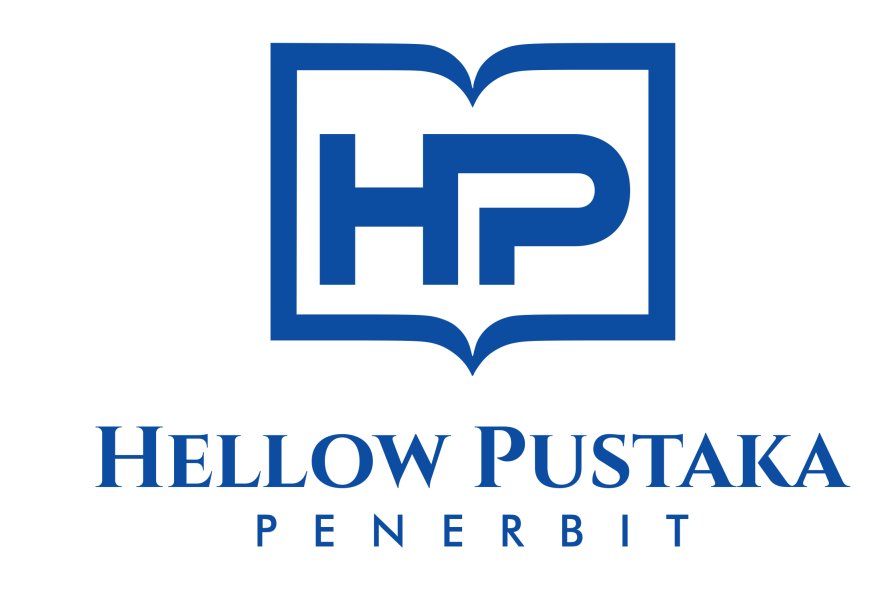Prophetic Medication Al-hijamah (Hijamah) and Approach of Kashmiri People Towards Hijamah Cupping Therapy: An Empirical Study
DOI:
https://doi.org/10.61166/ikhsan.v2i2.54Keywords:
Hijamah, Islam, Kashmir, Approach, Medicine, StatisticsAbstract
Worldwide cupping therapy is used and in Islam term Al-hijamah (Hijamah) also called as prophetic medicine is used in place of cupping therapy. Holy Prophet Muhammad (Peace be upon him ) said, the best among your treatments is Al-hijamah (Hijamah) as it is a promising excretory treatment to clear blood of causative pathological substances. It is a three-step iron excretion technique (skin suction, scarification and suction) through pressure-dependent filtration then excretion via the skin dermal capillaries that significantly decreased serum iron overload and accompanying oxidative stress by exploitation of physiological excretory mechanism. In current study, 200 patients (100 male and 100 female) from various Unani Hospitals of Kashmir were selected at random for our study on their consent. The study revealed that majority of the respondents understudy were aware of the benefits of Hijamah and there was nonsignificant difference in general between male and female respondents (P>0.05). Hijama is used to treat diseases such as high blood pressure, lower back pain, shingles pain, facial paralysis, spinal disk wear and tear (cervical spondylosis), cardiovascular disease prevention, neck pain, musculoskeletal pain, fibromyalgia, carpal tunnel syndrome, headache, migraine, cellulitis, cough, cold, asthma, acne, urticaria, neurodermatitis, soft tissue injury, arthritis. Practitioners apply the cups to different parts of the body of an individual such as neck,back, between the shoulders, behind the ear, chin, thighs, middle and crown of the head, ankle joints, knee joints, breast, buttocks, wrist joints, hips. Finally, researchers gave the suggestions for the effective use of Hijamah.
Downloads
References
Abbas Zaidi SM, Jameel SS, Jafri K, Khan SA, Ahmad E. Ilaj bil hijamah (cupping therapy) in the Unani system of medicine: anecdotal practice to evidence based therapy. Acta Med Hist Adriat 2016;14:81-94.
Aboushanab TS, AlSanad S. Cupping therapy: an overview from a modern medicine perspective. J Acupunct Meridian Stud 2018;11:83-7.
Aboushanab T, AlSanad S. A brief illustration of the official national standards for the safe use of cupping therapy (Hijama) in Saudi Arabia. J Integr Med 2018;16:297-8.
Aboushanab TS, AlSanad SM. Cupping therapy (Hijama) in the Arab World. In: Laher I, ed. Handbook of Healthcare in the Arab World. Cham: Springer International Publishing, 2021:1845-64.
Ahmadi A, Schwebel DC, Rezaei M. The efficacy of wet-cupping in the treatment of tension and migraine headache. Am J Chin Med 2008;36:37-44. https://doi.org/10.1142/S0192415X08005564
Ahmed SM, Madbouly NH, Maklad SS, Abu-Shady EA. Immunomodulatory effects of blood letting cupping therapy in patients with rheumatoid arthritis. Egypt J Immunol 2005;12:39-51.
Alarbash AA, Morait SA, Demyati EA. Knowledge, attitudes, and practices regarding complementary and alternative medicine among patients attending a family medicine clinic in Saudi Arabia: a cross-sectional study. J Med Sci Clin Res 2019;7:691-9.
Al-Bedah AM, Shaban T, Suhaibani A, Gazzaffi I, Khalil M, Qureshi NA. Safety of cupping therapy in studies conducted in twenty one century: a review of literature. Br J Med Med Res 2016;15:BJMMR.26285.
Al-Hashel JY, Ahmed SF, Alshawaf FJ, Alroughani R. Use of traditional medicine for primary headache disorders in Kuwait. J Headache Pain 2018;19:118.
Al-Balawi AM, Almutairi AH, Alawad AO, Merghani TH. Public perceptions of cupping therapy in Tabuk city, Saudi Arabia. Int J Med Sci Public Health 2016;5:529-33.
Almaiman AA. Proteomic effects of wet cupping (Al-hijamah). Saudi Med J 2018;39:10-6.
Aleyeidi NA, Aseri KS, Matbouli SM, Sulaiamani AA, Kobeisy SA. Effects of wet-cupping on blood pressure in hypertensive patients: a randomized controlled trial. J Integr Med 2015;13:391-9.
Arslan M, Gökgöz N, Dane Ş. The effect of traditional wet cupping on shoulder pain and neck pain: a pilot study. Complement Ther Clin Pract 2016;23:30-3.
Chirali IZ. Frequently asked questions and precautions and contraindications. In: Chirali IZ, ed. Traditional Chinese Medicine Cupping Therapy, 3rd ed. London: Churchill Livingstone, 2014:311-3.
Cochran W. Sampling techniques. (3rd edn.), Wiley, New York. 1977.
Jami` at-Tirmidhi- Sunnah.com
Niasari M, Kosari F, Ahmadi A. The effect of wet cupping on serum lipid concentrations of clinically healthy young men: a randomized controlled trial. J Altern Complement Med 2007;13:79-82.
Obeid AM, Qari FA, Aljaouni SK, Rohaiem S, Elsayed AA, Alsayyad MM, et al. The effect of wet-cupping therapy (hijama) in modulating autoimmune activity of Hashimoto’s thyroiditis: 182 www.journal-jams.org Suhaib Ibrahim Alkhamaiseh, et al. a pilot controlled study. Saudi Med J 2022;43:45-52.
Qureshi NA, Ali GI, Abushanab TS, El-Olemy AT, Alqaed MS, El-Subai IS, et al. History of cupping (Hijama): a narrative review of literature. J Integr Med 2017;15:172-81. https://doi.org/10.1016/S2095-4964(17)60339-X
Rahman HS, Ahmad GA, Mustapha B, Al Rawi HA, Hussein RH, Amin K, et al. Wet cupping therapy ameliorates pain in patients with hyperlipidemia, hypertension, and diabetes: A controlled clinical study. Int J Surg Open 2020;26:10 5.
Sahih al-Bukhari- Sunnah.com
Soliman Y, Hamed N, K hachemoune A. Cupping in dermatology: a critical review and update. Acta Dermatovenerol Alp Pannonica Adriat 2018;27:103-7.
The Noble Quran - Quran.com
Zhou X, Ruan JW, Xing BF. [Analysis on the adverse events of cupping therapy in the application]. Zhongguo Zhen Jiu 2014;34:1023-5. Chinese.
Downloads
Published
How to Cite
Issue
Section
License
Copyright (c) 2024 Bilal Ahmad Bhat, Syed Sabahat Ashraf, Shafia Jan, Bilkees Nazir, Intizar Ahmad, Arshi Rafiq

This work is licensed under a Creative Commons Attribution 4.0 International License.










